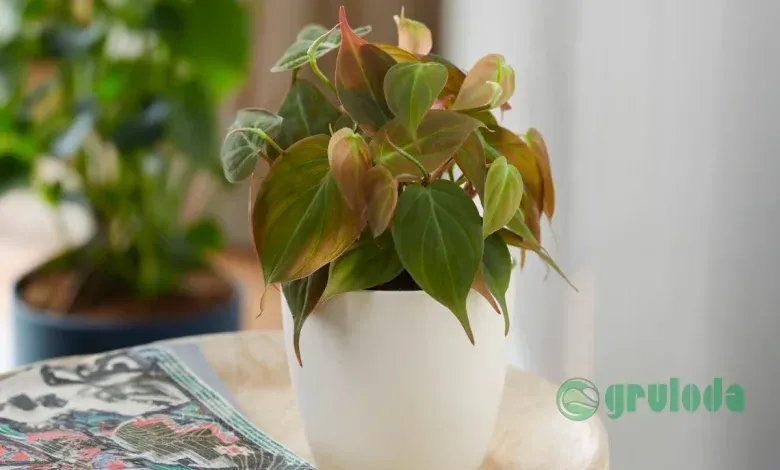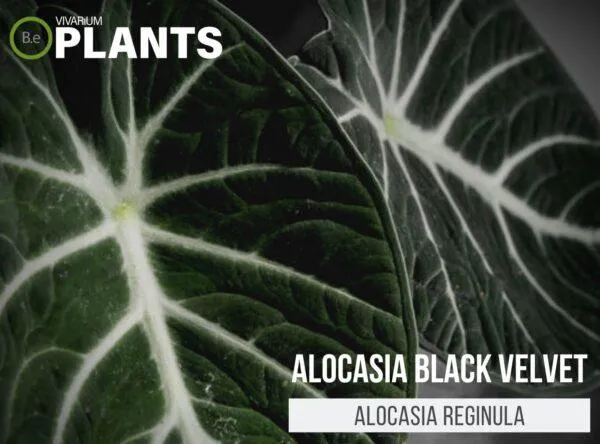A Comprehensive Guide to Velvet Leaf Plants
Velvet leaf plants, also known as abutilon or flowering maple, are popular ornamental plants grown for their colorful flowers and velvety leaves. As an avid gardener, I’ve discovered through experience that velvet leaf plants make excellent additions to both indoor and outdoor spaces. In this article, I’ll provide a detailed overview of this beautiful flowering plant to help answer any questions you may have.
What Are Velvet Leaf Plants?
Velvet leaf plants belong to the Abutilon genus of flowering plants in the mallow family. They feature rounded or angular leaves coated in short, soft hairs that give them a velvety appearance and texture. Depending on the species, leaves can be green, purple, red or variegated. These decorative foliage plants also produce bell-shaped flowers clustered on branching stems. Flower colors include red, orange, yellow and various shades of pink.
Some common varieties of velvet leaf plants include A. pictum (“Thompsonii”) with red leaves and yellow flowers; A. x hybridum (“Indian Summer”) with burgundy leaves and orange blooms; and A. theophrasti (“Velvet Bell”) with green leaves and red flowers.
Growing Conditions
Velvet leaf plants thrive in sunny or partly shaded locations with rich, well-draining soil. I’ve found they do best in zones 9-11 as perennials but can be grown as annuals or houseplants elsewhere. These plants prefer warm temperatures between 65-80°F and high humidity levels. Outside, provide protection from frost and direct sun during the hottest parts of the day.
Water velvet leaf plants when the top inch of soil dries out. In my garden, I mulch around the base to retain moisture during summer. Additionally, fertilize monthly during the growing season with a balanced plant food. Pinch back stems to promote bushiness if growth becomes leggy.
Proper Care Tips
Here are some best practices I’ve picked up over the years caring for my collection of velvet leaf plants:

- Move potted plants outdoors in spring when nighttime lows stay above 50°F for hardening off.
- Bring container-grown plants back indoors before first fall frost to overwinter as houseplants.
- Prune off spent flower clusters to encourage reblooming. Cut stems right above a leaf node.
- Repot annually in early spring using a soil-based potting mix for proper drainage.
- Watch out for common pests like aphids and spider mites—a strong stream of water usually does the trick.
With the right care, velvet leaf plants will reward you with attractive foliage and colorful floral displays year after year. Keeping plants healthy and stress-free is basically the key to success.
Uses and Ideas
Due to their lush appearance and versatility, velvet leaf plants can totally enhance both indoor and outdoor living spaces. Here are some suggestions from my experience on how to incorporate these beauties into your landscaping or décor:
- Greenhouse or conservatory specimen plant
- Patio or deck accent in large containers
- Foundation planting along home’s front entryway
- Bedding plant in borders, planters or hanging baskets
- Tabletop centerpiece—the velvety foliage and blooms look stunning
- Tropical foliage in bathroom or as a “living picture” on a wall
You can really use your imagination! I once styled a vibrant bunch wrapped in burlap for a rustic barn wedding—it was totally stunning. These leafy beauties basically add a unique visual interest wherever you situate them.
Varieties to Consider
There are over 150 species of velvet leaf plants to choose from. Here are a few standouts from my personal collection that I’d recommend considering:
Abutilon ‘Tennant’s Red’ – This prolific bloomer boasts cherry red leaves and bright Scarlet flowers all season. It’s amazingly low maintenance.
A. ‘Thompsonii’ – Featuring deep burgundy foliage and cheerful yellow blossoms, this bamboo-like variety is super tough as nails.

A. ‘Red Dragon’ – This compact cultivar puts on a fiery display with brick red leaves and dangling clusters of velvety orange peaches.
A. ‘Country Red’ – A carefree perennial that brings the wow factor outside with ruby veins and hints of plum on green leaves.
I hope this guide has helped sort of illuminate all the amazing potential of velvet leaf plants for your gardening or design needs! Let me know if you have any other questions—I’d be happy to lend my expertise and experience.
Final Thoughts
In conclusion, velvet leaf or abutilon plants make phenomenal additions for both casual and formal landscapes from patios to conservatories. Their diverse foliage colors and bell-shaped blooms in shades of red, pink, yellow and orange provide non-stop visual interest. Best of all, they adapt well to a wide variety of growing conditions.
I personally really dig how low maintenance they are—just water, fertilize and minor pest control. That lets me spend more time basically relaxing underneath their graceful branches sipping ice tea on a hot summer day! From one gardener to another, I totally recommend giving these beauties a spot in your yard or home. You’ll be absolutely thrilled by the lush, velvety charm they lend all season.
Please feel free to reach out if you need any other care tips or have additional questions after reading my article. I hope this has helped answer what the user was seeking to learn about velvet leaf plants! Happy growing.

Key Facts About Velvet Leaf Plants
| Fact | Details |
|---|---|
| Growth Habit | Annual broadleaf weed that grows as a summer annual |
| Leaves | Alternate, heart-shaped with a distinctive velvety feel on both sides |
| Flowers | Small, greenish yellow flowers in drooping clusters in leaf axils |
| Fruits | Three-celled capsules containing numerous lenticular seeds |
| Reproduction | Spreads solely by seeds which can remain viable in soil for over 50 years |
FAQ
-
What kind of climate do velvet leaf plants prefer?
Velvet leaf plants basically thrive in warm, humid conditions. They sort of like it when the temperature is on the higher side and the air remains damp. These weeds grow best in areas that get lots of rainfall or irrigation throughout the growing season.
-
How large do velvet leaf plants get?
Velvet leaf can kind of reach impressive sizes. At times, they may grow up to 6 or even 10 feet tall! Their broad, hairy leaves allow them to form a dense canopy that shades out other shorter plants. It’s amazing how big one of these weeds can become if not kept in check.
-
What does a velvet leaf plant look like?
The leaves of velvet leaf plants are rather fuzzy or downy to the touch due to the short hairs that cover their surface. Figure the name “velvet leaf” comes from the leaves’ plush texture, ya know? Basically, both the stems and the undersides of the leaves feel downright velvety soft. Its leaves range from a few inches to over a foot long.
-
When do velvet leaf plants flower?
If conditions are right, perhaps velvet leaf will start flowering in late summer or early fall. Appears these weeds prefer waiting until the days grow shorter before putting out any blooms. Their small, greenish flowers cluster together at the leaf axils or where the stems join the leaves. But is flowering really important when it comes to controlling such a vigorous weed?
-
How do velvet leaf plants spread?
These crafty weeds have quite a few tricks up their sleeve for reproduction and dispersal. Mainly, velvet leaf will spread by seeds. Once flowering occurs, each plant can produce thousands of seeds. Many of those seeds will drop close by, but others may hitch rides on lawnmowers, clothing, or animal fur to invade new turf. No doubt, gardener beware when it comes to preventing the spread of these tricky plants!
-
What types of places are prone to velvet leaf infestations?
Farmlands, pastures, lawns, and gardens all run the risk of being overtaken by patches of velvet leaf if not watched carefully. These weedy plants revel in disturbed soils found in areas like construction sites, ditch banks, and waste areas too. They also tend to thrive in low-lying, wet spots within fields. All in all, any place with loose, fertile soil appears likely to attract velvet leaf at some point or another. One has to stay on top of keeping these invasive weeds under control!

On the other hand, sometimes velvet leaf gets an unfair bad rap. Its broad, fuzzy leaves can add visual interest to untended areas. And hey, according to some sources its seeds may provide food for birds! At the very least, it shows how determined Mother Nature can be at colonizing any space left wide open. In the end, whether velvet leaf stays or goes depends on each gardener’s priorities and patience for unpredictability. What do you think – is there any value to these so-called “weeds”? I’d love to hear other perspectives beyond my own.
